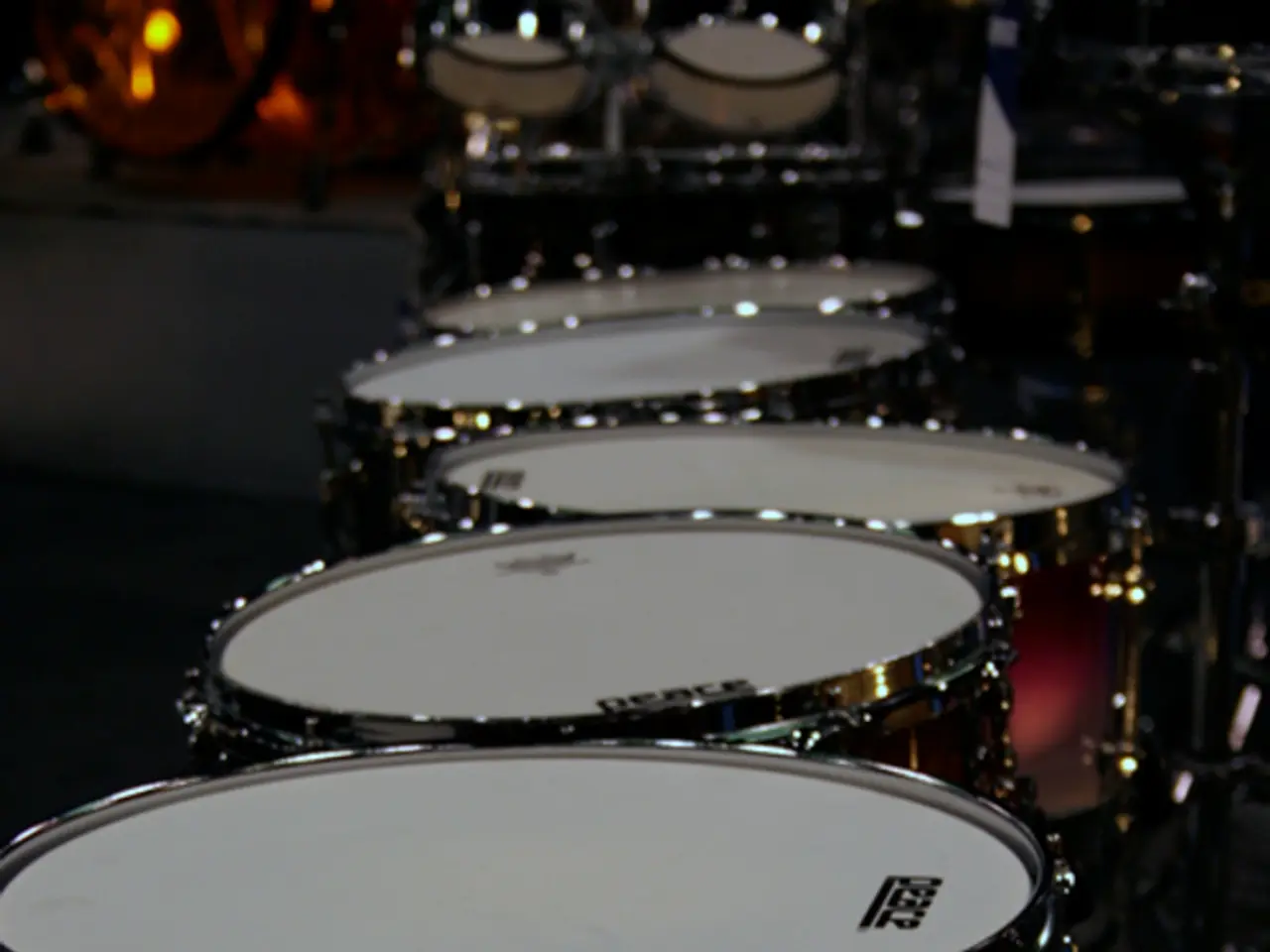Asthma Exercises: Advantages, Recommended Workouts, and Safety Precautions
**Exercising with Asthma: A Comprehensive Guide**
Exercising can be a powerful tool for improving health and well-being, but for those with asthma, it's essential to take some precautions to ensure a safe and enjoyable workout. Here are some key exercise techniques and tips to help manage symptoms effectively and avoid flare-ups.
First and foremost, **warm-up properly** by engaging in light cardio activities such as jogging or jumping jacks for 5-15 minutes. This reduces the risk of exercise-induced asthma (EIA) symptoms.
Next, **choose asthma-friendly exercises** that are either low-intensity or involve short bursts of activity, such as swimming, yoga, walking, cycling, golf, baseball, and hiking. These activities are easier to self-pace and less likely to trigger symptoms.
When exercising, **breathe through your nose** whenever possible. This helps warm and humidify the air before it reaches your lungs, reducing irritation during exercise. If you must breathe through your mouth in cold weather, wearing a scarf or special mask can help humidify and warm the air.
It's also crucial to **avoid environmental triggers** like cool, dry air, high pollen counts, other irritants, raised levels of air pollution, and recent asthma attacks or upper respiratory infections. Exercise indoors when air quality is poor, and plan exercise in cooler times of the day to avoid heat and pollution peaks.
**Medication usage** is another vital aspect. Use prescribed pre-exercise inhalers, such as short-acting beta-agonists (SABAs), about 10-15 minutes before exercise to prevent symptoms. Always carry your reliever inhaler during exercise, and continue taking controller medications as prescribed to maintain good asthma control overall.
Lastly, **listen to your body**. Stay hydrated, take breaks as needed, and follow your personalized Asthma Action Plan developed with your healthcare provider for managing symptoms and flare-ups.
It's worth noting that according to the Asthma and Allergy Foundation of America (AAFA), exercise-induced asthma (EIA) is an older term for exercise-induced bronchoconstriction (EIB). Other steps to avoid asthma attacks during exercise include warming up before exercising and cooling down afterward, wearing a scarf over the face in cooler weather to keep cold air out of the lungs, and avoiding pushing too hard during exercise.
Regular exercise can bring numerous health benefits, including improved heart health, boosted mental health, and reduced risk of many health conditions. People with asthma who exercise regularly will often notice an improvement in their symptoms, with benefits such as improved lung function, weight loss, improved immune system function, improved mood and stress reduction, increased energy levels, stabilized blood sugar levels, protection for the brain from age-related diseases, strengthened bones and muscles, reduced risk of certain cancers, improved sex life, improved sleep quality, reduced risk of heart disease, and helping a person quit smoking.
In summary, a proper warm-up, selecting suitable low or moderate-intensity activities, breathing through the nose, avoiding environmental triggers, and adhering to medication plans are the best practices for people with asthma to safely exercise and minimize flare-ups.
- It's essential for a person with asthma to warm up properly before exercise, as it reduces the risk of exercise-induced asthma symptoms.
- People with asthma should choose asthma-friendly exercises like swimming, yoga, walking, cycling, golf, baseball, and hiking, as they are easier to self-pace and less likely to trigger symptoms.
- When exercising, breathing through your nose can help warm and humidify the air before it reaches your lungs, reducing irritation during exercise.
- It's crucial to avoid environmental triggers when exercising, such as cool, dry air, high pollen counts, and recent asthma attacks or upper respiratory infections.




